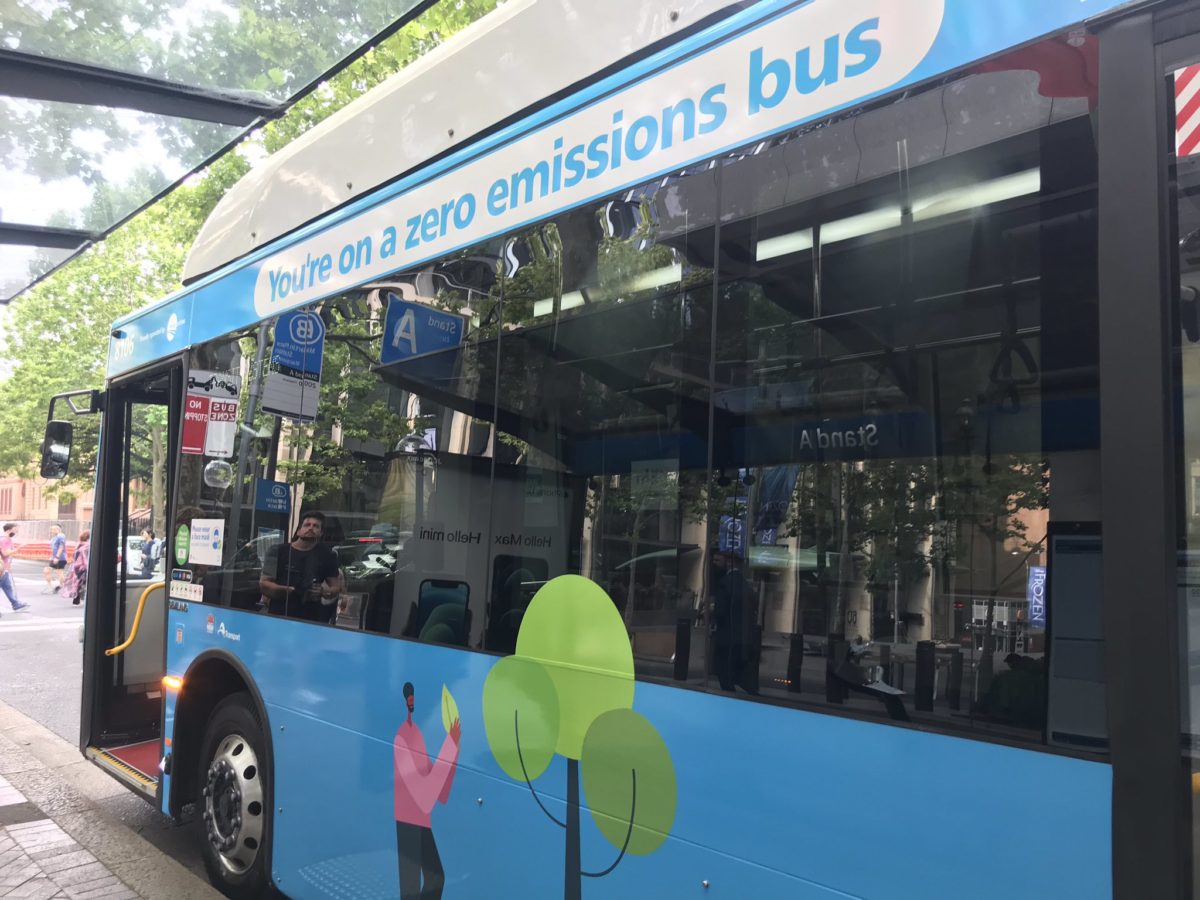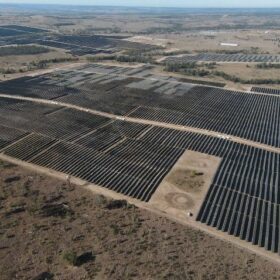The New South Wales (NSW) State Government is revving up the transition of its 8,000 stong bus fleet to electric. With more than 50 new electric buses rolling out across Sydney next year, Minister for Transport and Roads Andrew Constance has set a new 2030 goal for the big shift.
Of course, transitioning the entire bus fleet is undoubtedly ambitious, requiring a replacement rate of approximately 1,000 buses a year from 2022. Still, it’s not like Constance is promising to get Sandra Bullock to drive the M52 from Parramatta to Circular Quay.
“I want to scale up our efforts towards tackling climate change,” said Constance, “so I am challenging Transport for NSW to aim for my goal of electrifying the state’s entire bus fleet by 2030. Over the last 18 months we’ve been trialling five electric buses in the Inner West, and the feedback from drivers and customers has been positive.”
Today I announced the NSW Government’s plan to transition the state’s fleet of 8,000 buses to zero emission technology by 2030.
More than 50 new electric buses will roll out across Sydney next year. One step closer to a cleaner, healthier future for the people of NSW. #nswpol pic.twitter.com/dxUCcIf8Hr
— Andrew Constance MP (@AndrewConstance) December 1, 2020
According to BloombergNEF‘s (BNEF) latest Long-term Electric Vehicle Outlook report, electric buses will make up 67% of all municipal buses by 2040, currently that figure is at only 33%.
According to the Sydney Morning Herald, Constance said the buses have a capacity to run for 15 hours off a single charge and the government is considering the installation of solar panels atop bus depots in coming years.
City of Sydney Lord Mayor, Clover Moore, who has been campaigning for such a transition for years, welcomed the news, saying that the ‘aspirational target’ is “excellent news for all of Sydney – but particularly for those in high-density suburbs, where the reduction in road noise and pollution will make the most difference.”
This is big news.
The State Government will make its entire bus fleet 100% electric by 2030. pic.twitter.com/0wdYQfzDTp
— Clover Moore (@CloverMoore) December 3, 2020
Transport for NSW is expected to have its first electric replacement buses on the streets by the first quarter of 2021, with more orders already in the books from a range of manufacturers, including BCI, Yutong, Nexport BYD Gemilang and Nexport BYD Volgren.
However, NSW’s Deputy Secretary of Greater Sydney Elizabeth Mildwater said future orders would include more local manufacturers, such as Bustech and Custom Buses. Mildwater noted that both of those manufacturers buses are still in the review process and that Nexport is in the planning stages of opening a local plant.
“Once they and other manufacturers are ready, our operators will have more choices to buy locally. In the current order, the Volgren bus is being assembled in Victoria using a chassis made by Nexport BYD overseas,” said Mildwater.
So, the main issue is where these buses will be manufactured and by whom. The NSW Government has talked a big game about invigorating local manufacturing industries for the state’s energy transition, such as the idea of using NSW steel for the state’s three Renewable Energy Zones. But if the state’s fleet is going to be transitioned by 2030 the growth of a local electric bus manufacturing industry will have to pick up the pace considerably.
It is also not known what part hydrogen fuel buses could possibly play in the mix.
This content is protected by copyright and may not be reused. If you want to cooperate with us and would like to reuse some of our content, please contact: editors@pv-magazine.com.








By submitting this form you agree to pv magazine using your data for the purposes of publishing your comment.
Your personal data will only be disclosed or otherwise transmitted to third parties for the purposes of spam filtering or if this is necessary for technical maintenance of the website. Any other transfer to third parties will not take place unless this is justified on the basis of applicable data protection regulations or if pv magazine is legally obliged to do so.
You may revoke this consent at any time with effect for the future, in which case your personal data will be deleted immediately. Otherwise, your data will be deleted if pv magazine has processed your request or the purpose of data storage is fulfilled.
Further information on data privacy can be found in our Data Protection Policy.